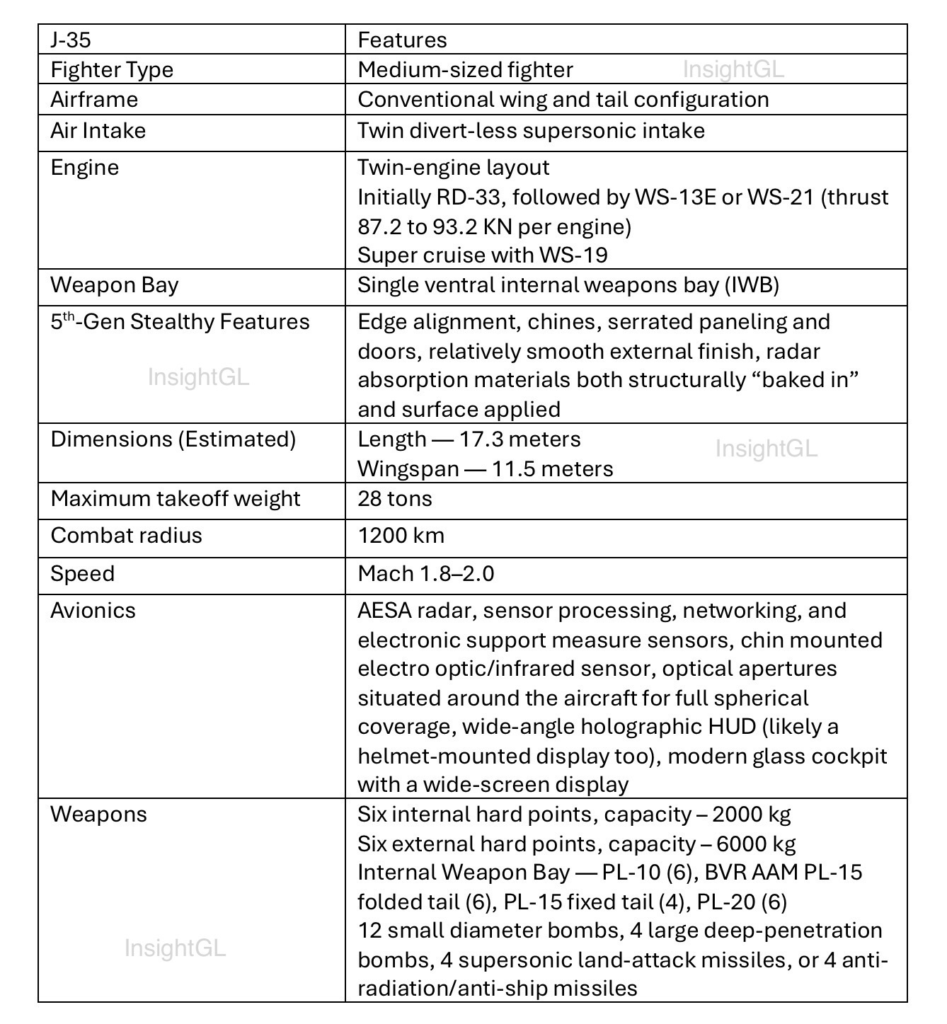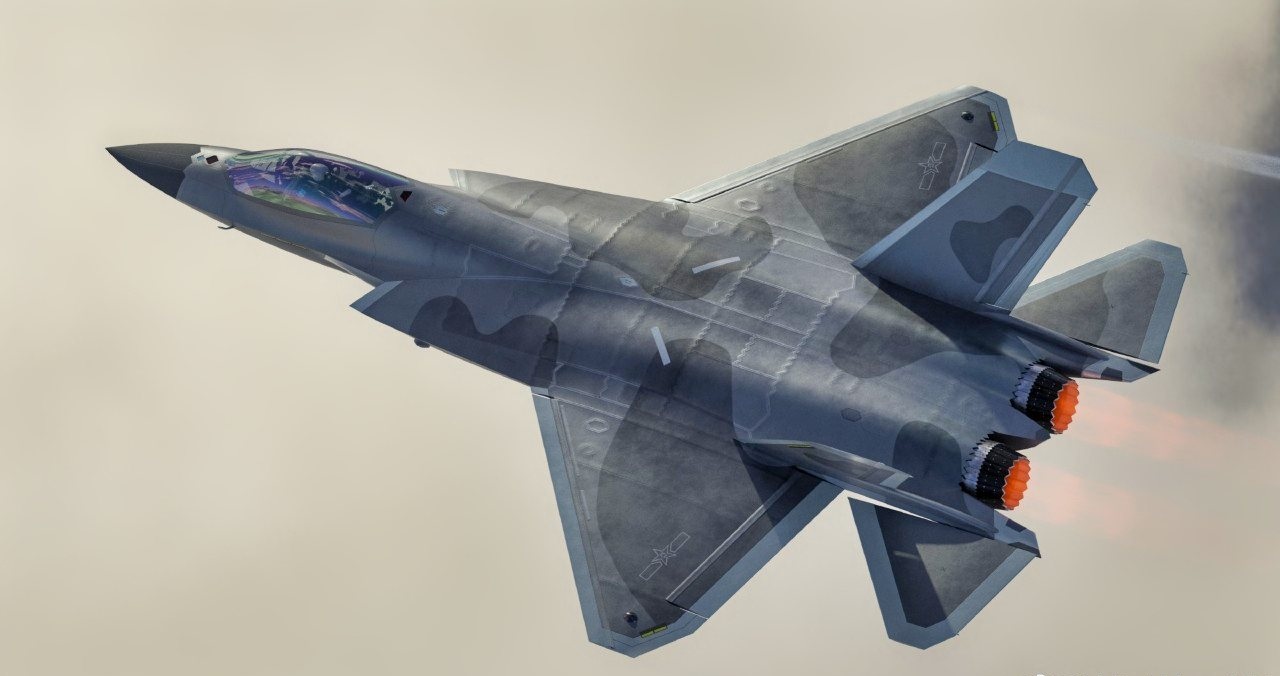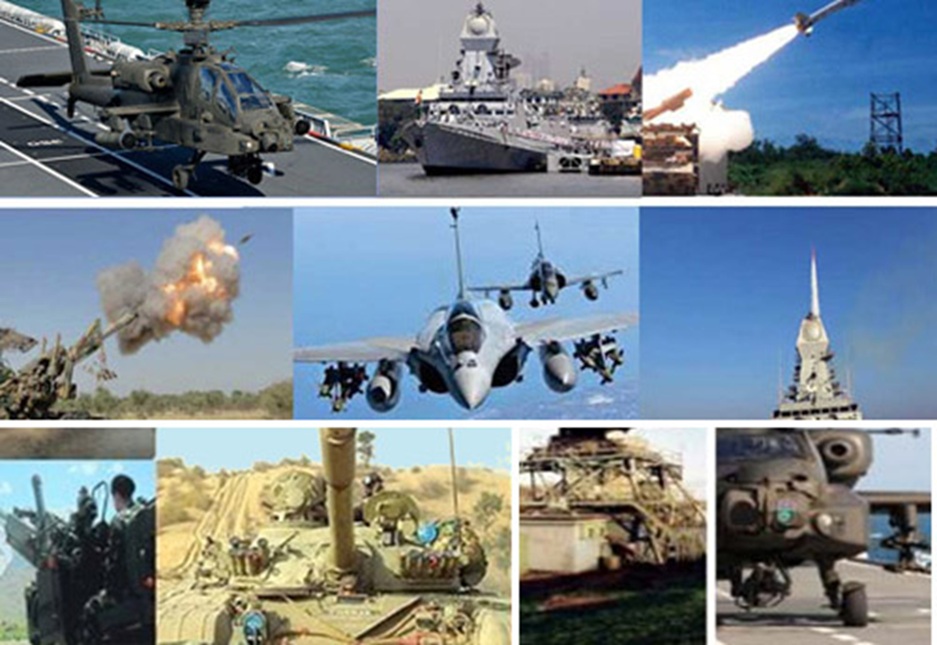China could fast-track the delivery of J-35A Stealth fighters to Pakistan. Pakistan’s Foreign Minister and Deputy Prime Minister Ishaq Dar might have finalised the fighter jet deal during his last visit to China immediately after Operation Sindoor.
In 2016, a 51-year-old Chinese businessman, Su Bin, was convicted of facilitating a Chinese military hack to obtain sensitive US military information. The hacking occurred between 2008 and 2014, targeting projects including the F-22 and F-35 fighter jets, as well as Boeing’s C-17 military transport aircraft. Su Bin was given just a 46-month prison term and a $10,000 fine. Su Bin, who was hailed as a hero in China, must have walked out of prison five years ago, laughing at the US justice system.
Fast forward to 2025, the stolen technology was once again compromised, this time in China. A former disgruntled assistant engineer at a prominent Chinese defence research institute, specialising in military aviation technology, named Liu, was sentenced to death by a Chinese court for leaking sensitive data about the fifth-generation fighter jet J-35A to foreign intelligence agents. As a result, the United States now has a comprehensive understanding of how China modified the stolen F-35 data to develop the J-35A, a process that began in 2012. According to the latest information, Pakistan is purchasing around 40 J-35As, and their pilots are currently in China receiving training on the Chinese fighter jet.
Pakistan: A Testing Ground
I disclosed a long time ago that it is beyond Pakistan’s means to buy so much military hardware in such a short period.

Table 1: Courtesy https://insightful.co.in/
Pakistan’s defence budget for FY 2024-25 is $7.64 billion. Out of this allocation, 53.4% is spent on pay and pension, leaving only $3.56 billion. So, it is amply clear that just the above-mentioned purchases account for four years of the Pakistani defence budget. Therefore, China may be using Pakistan as a testing ground and positioning various platforms for the same purpose. So, can we assume that the Chinese had pushed Pakistan to undertake the Pahalgam massacre with many goals in mind? The goals could be:
- China is positioning platforms like the J-35, J-10C, Type 054A/P frigates, and Type 039B submarines, along with their servicing and overhauling facilities, within Pakistan to cater to a future war in the Indian Ocean Region (IOR).
- A war between India and Pakistan gives a chance for China to test its military weapons in real-time situations against Indian, Western, and Israeli equipment. If China can create enough hype around a successful platform, then that gives them an export market. And they are successful up to a certain extent in their efforts to create a defence product market. Bangladesh is considering placing an order for 16 J-10C fighter jets. Or rather, China is positioning these platforms under the garb of sale to encircle India.
- If India gets embroiled in frequent wars or disturbances, it will be an unstable destination for foreign direct investments (FDIs). This would also slow down companies thinking of India as part of the China+1 strategy. China has no issues with businesses shifting to Southeast Asia, as most of the factories would still be owned by Chinese businessmen with the added advantage of cheap labour.
- An economically weak India will not be able to take a stand against China.
J-35A: Another Anti-India Agenda
The J-35 can be traced back to the Shenyang Aircraft Corporation’s FC-31, a stealth prototype that first flew in 2012. Rumours then emerged that the FC-31 had been selected by the People’s Liberation Army Navy (PLAN) for development into a carrier-based fifth-generation fighter, possibly named the “J-35.” In October 2021, the prototype of the J-35 took to the skies.

Table 2: Courtesy https://insightful.co.in/
The J-35A is a People’s Liberation Army Air Force (PLAAF) version of the J-35. Though the jets were to be delivered to Pakistan by 2030, something changed post ‘Operation Sindoor’. As per Money Control, China has committed to fast-tracking the deliveries as early as August 2025. China also promised to offer a 50% discount on the base price of the fighter with very easy repayment terms. What has prompted this urgency? Is it due to:
- The hype around the PAF J-10C fighter jet shooting down the Indian Rafale fighter jet has fallen flat.
- The shooting down of 1 to 2 J-10C by the Indian Air Defence System/fighter jets has exposed chinks in the PAF’s armor and that has worried China.
- BVR AAM PL-15 performed poorly, and many missiles landed on the Indian side intact. China had covertly supplied Pakistan with the extended-range version.
- China is pushing Pakistan for another showdown with India, and the Indian BrahMos attacks have shown serious inefficiencies in Pakistani air defence systems (HQ-9) and overall tactics.
Should India Be Worried?
According to Chief Chinese Researcher Wang Yongqing, the J-35A stealth fighter jet will be capable of locking onto targets, sharing data with other weapon systems, such as surface-to-air missiles, and even guiding other munitions to engage those targets. This new aircraft is designed to serve as a “coordinator” or “organiser” within China’s air-defence network, significantly enhancing the operational capabilities of the system.
The J-35A’s advanced capabilities, even on paper, directly challenge India’s traditional air superiority. With its stealth features, advanced avionics, and high-performance engines, the J-35A surpasses the capabilities of every fighter currently in India’s inventory. This shift in the balance of power could have significant implications for military strategies and defence planning in the Indian subcontinent.
One of China’s strengths lies in its ability to mass-produce military systems, and its commitment to expedite deliveries to Pakistan from five years to just a few months illustrates this capability. This rapid production presents a considerable challenge for India. The deployment of the J-35A in Pakistan could alter regional security dynamics, potentially leading to an arms race in the subcontinent. In response, India would likely have no choice but to enhance the capabilities of the Indian Air Force (IAF).
The J-35A represents a significant advancement for Pakistan. China has often been criticised for lacking innovation and for relying on technology that is either stolen or reverse-engineered from foreign sources. However, the development of the J-35A demonstrates China’s ability to build upon stolen technologies.
Another noteworthy development is the beyond-visual-range (BVR) air-to-air missile known as the PL-17. The PL-17 is one of China’s most advanced air-to-air munitions. Measuring 5.73 meters in length, it was previously deemed too large for internal carriage on most Chinese fighters, which necessitated external mounting that compromised the fighter’s stealth. However, recent reports indicate that the J-35’s 7.3-meter-long internal weapons bay can accommodate up to four PL-17 missiles with foldable fins or two with fixed fins, marking a significant achievement.
The PL-17 is designed for BVR engagements, boasting an estimated range of 300 to 400 kilometres, although exact figures remain unconfirmed due to China’s limited transparency. This development, reported by Chinese defence sources in early 2025, enhances the aircraft’s capability to conduct deep-strike missions while maintaining its stealth profile, making it a formidable asset in potential conflicts between India and Pakistan.
Don’t Underestimate the Enemy
Despite its advanced capabilities, the J-35A faces several challenges and limitations. Questions have arisen regarding the reliability and performance of its engines, which include the WS-10E, WS-21, and WS-19. The overall quality of Chinese avionics and sensors is also regarded as inferior when compared to Western counterparts. Furthermore, integrating the J-35A Stealth into Pakistan’s existing military infrastructure and operational doctrine may present challenges that could limit its effectiveness in the short term.
Providing Pakistan with PL-17-capable J-35s also exposes the existing J-10C and PL-15 systems already in the Pakistan Air Force (PAF) inventory. If a $40 million fighter jet (J-10C) can reportedly shoot down a significant number of Indian Air Force (IAF) jets (according to Pakistani-Chinese propaganda) using a $1 million beyond-visual-range air-to-air missile (PL-15), then why would Pakistan need a $70 million stealth fighter jet (J-35A) equipped with more advanced and costly missiles (PL-17)?
This situation highlights a level of anxiety within Chinese defence circles regarding the performance of their weapons and platforms. It also sheds light on China’s urgency to supply advanced fighter jets to Pakistan at a 50% discount, even before the People’s Liberation Army Air Force (PLAAF) has inducted them.
The Indian military establishment should not underestimate its adversaries or their equipment. A significant challenge currently facing the IAF is the delay in acquiring 114 multi-role fighter aircraft (MRFA) and the uncertainty surrounding the fifth-generation fighter jet program, the Advanced Medium Combat Aircraft (AMCA). A quick fix to the China-Pakistan problem is India’s Astra MkIII BVR AAM. With an expected range of 340 km and a speed of Mach 4.5, Astra MkIII is highly capable of tackling the challenge posed by PL-17 and J-35A Stealth. However, its induction in the IAF is not before 2030.
Conclusion
India successfully devastated Pakistan’s military infrastructure and compelled its leadership to seek peace during ‘Operation Sindoor.’ However, any future operations may not yield the same favourable outcomes if efforts remain half-hearted or lackadaisical. China’s intentions are clear, as evidenced by its promise of expedited deliveries of the J-35A to Pakistan. The Indian leadership must recognise that China is sending a clear message: “Toe our line, or we will continue to brew trouble for you.”
Tile Image Courtesy: The National Interest
Disclaimer: The views and opinions expressed by the author do not necessarily reflect the views of the Government of India and Defence Research and Studies
Article Courtesy: https://insightful.co.in/








